Home>Renovation & DIY>Home Renovation Guides>What R-Value For Crawl Space Insulation
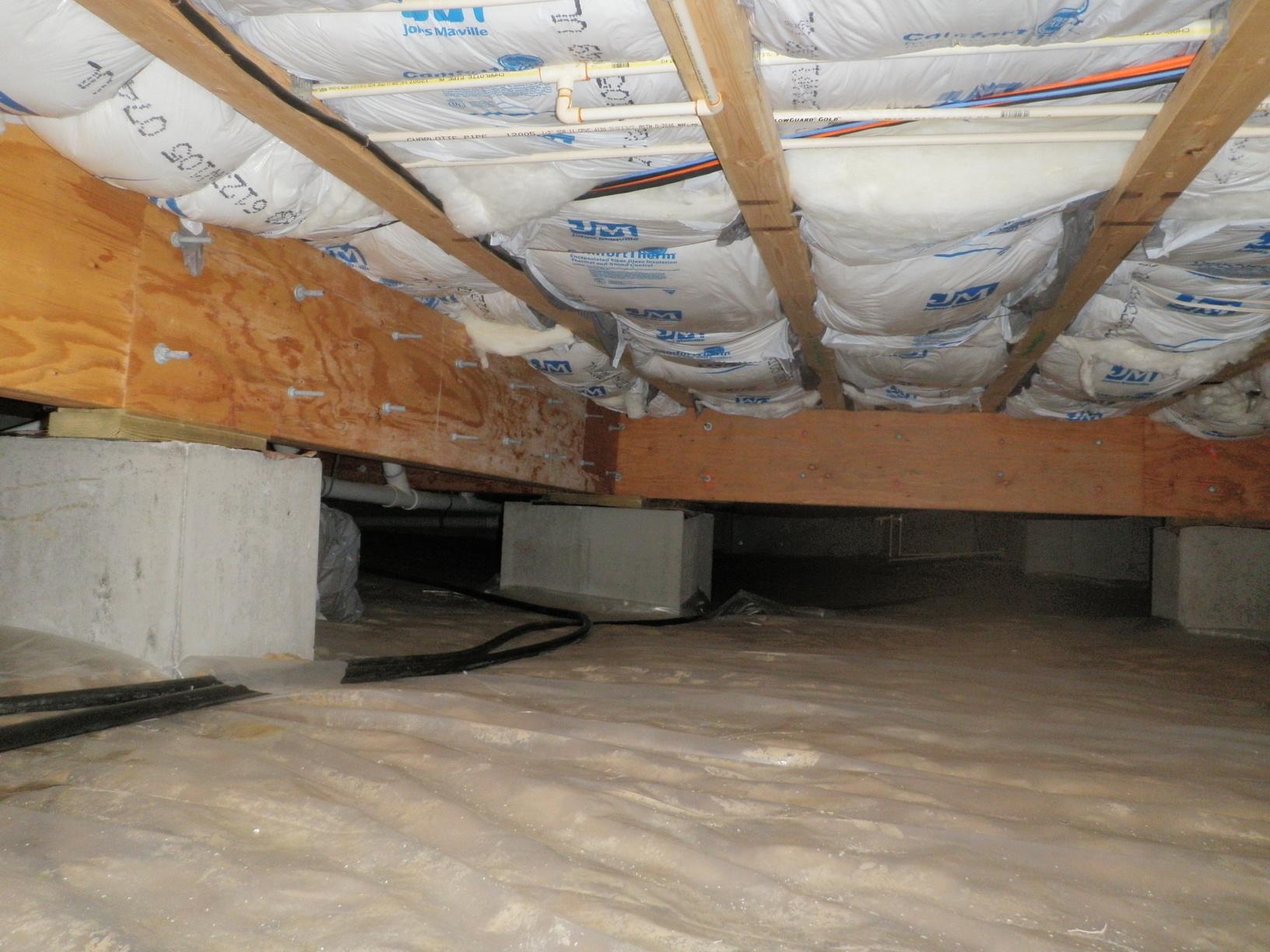

Home Renovation Guides
What R-Value For Crawl Space Insulation
Modified: February 17, 2024
Learn how to choose the right R-value for crawl space insulation in our comprehensive home renovation guide. Ensure your project is energy-efficient and cost-effective.
(Many of the links in this article redirect to a specific reviewed product. Your purchase of these products through affiliate links helps to generate commission for Storables.com, at no extra cost. Learn more)
Introduction
When it comes to home renovation, ensuring proper insulation is a crucial aspect that often takes center stage. Among the various areas of a home that require insulation, the crawl space is often overlooked. However, insulating the crawl space is just as important as insulating other parts of the house. It plays a significant role in maintaining a comfortable indoor environment, improving energy efficiency, and preventing potential issues such as moisture buildup and mold growth.
Insulating the crawl space involves considering various factors, such as the climate of the region, the type of foundation, and the overall construction of the home. Understanding the recommended R-value for crawl space insulation and the different types of insulation materials available is essential for making informed decisions that align with the specific needs of the home.
In this comprehensive guide, we will delve into the intricacies of crawl space insulation, shedding light on the significance of R-value, the importance of insulating crawl spaces, factors to consider when insulating, recommended R-value guidelines, types of insulation materials suitable for crawl spaces, and practical installation tips. By the end of this guide, you will have a thorough understanding of how to effectively insulate your crawl space to enhance the comfort, energy efficiency, and overall well-being of your home.
Key Takeaways:
- Proper insulation of crawl spaces is crucial for energy efficiency, preventing moisture issues, and maintaining a comfortable indoor environment. Understanding R-Value and selecting suitable insulation materials are key for effective insulation.
- Factors such as climate, moisture levels, and ventilation must be considered when insulating crawl spaces. Following recommended R-Value guidelines and proper installation techniques ensures long-term benefits for the home.
Read more: What R-Value For Crawl Space Insulation
Understanding R-Value
R-Value serves as a fundamental metric in the realm of insulation, indicating the material's thermal resistance. In simpler terms, it measures the insulation's ability to impede the transfer of heat. The higher the R-Value, the greater the insulation's effectiveness in resisting heat flow.
When it comes to crawl space insulation, understanding the significance of R-Value is paramount. Crawl spaces are susceptible to temperature variations and moisture accumulation, making proper insulation a critical component in maintaining a balanced indoor environment. The R-Value of the insulation material directly impacts the crawl space's ability to regulate temperature and prevent heat loss or gain.
In regions with extreme weather conditions, a higher R-Value is essential to ensure optimal thermal performance. It acts as a barrier against the external elements, helping to maintain comfortable temperatures within the home while reducing the workload on heating and cooling systems.
Furthermore, the R-Value of insulation materials can vary based on their composition and thickness. For crawl space insulation, it's crucial to select materials with R-Values that align with the specific climate and energy efficiency goals. Additionally, considering the potential exposure to moisture in crawl spaces, choosing insulation materials with resistance to mold and mildew is imperative.
In essence, comprehending the R-Value of insulation materials empowers homeowners to make informed decisions regarding crawl space insulation. By selecting materials with appropriate R-Values, homeowners can effectively enhance the energy efficiency and comfort of their homes while mitigating potential issues associated with inadequate insulation.
Understanding the R-Value is not only about meeting the recommended standards but also about optimizing the thermal performance of the crawl space to create a conducive indoor environment. It's a crucial factor that influences the overall effectiveness of the insulation and its ability to contribute to a well-insulated and energy-efficient home.
Importance of Insulating Crawl Spaces
Insulating the crawl space of a home holds significant importance in ensuring overall energy efficiency, structural integrity, and indoor air quality. Despite being an often overlooked area, the crawl space plays a crucial role in maintaining a comfortable and healthy living environment. Here are several key reasons highlighting the importance of insulating crawl spaces:
Energy Efficiency:
Properly insulating the crawl space contributes to the overall energy efficiency of the home. By creating a thermal barrier, insulation helps prevent heat loss during colder months and heat gain during warmer months. This results in reduced energy consumption for heating and cooling, leading to lower utility bills and a smaller environmental footprint.
Moisture Control:
Crawl spaces are prone to moisture accumulation, which can lead to a host of issues such as mold growth, wood rot, and structural damage. Insulation acts as a barrier against moisture, helping to maintain optimal humidity levels and prevent water vapor from seeping into the living spaces above. This not only protects the structural integrity of the home but also safeguards indoor air quality by reducing the risk of mold and mildew.
Read more: What Is The R-Value In Insulation
Temperature Regulation:
Insulating the crawl space helps in regulating indoor temperatures, creating a more consistent and comfortable environment throughout the home. By minimizing temperature fluctuations in the crawl space, insulation contributes to a more balanced indoor climate, enhancing the overall comfort for occupants.
Structural Protection:
In regions prone to freezing temperatures, uninsulated crawl spaces are susceptible to frozen pipes and potential damage to the home's foundation. Proper insulation helps prevent freezing, reducing the risk of costly repairs and structural issues. Additionally, insulation can deter pests and rodents from nesting in the crawl space, safeguarding the home from potential infestations.
Air Quality:
Insulation in the crawl space acts as a barrier against outdoor pollutants, preventing them from infiltrating the home. This is particularly crucial for homes located in urban areas or near industrial zones. By maintaining a barrier against external contaminants, insulation contributes to better indoor air quality, promoting a healthier living environment for occupants.
In essence, insulating the crawl space is a vital component of comprehensive home insulation. It not only enhances energy efficiency and structural integrity but also contributes to a healthier and more comfortable living environment. By recognizing the importance of insulating crawl spaces, homeowners can make informed decisions to improve the overall well-being of their homes.
Factors to Consider for Crawl Space Insulation
When embarking on the journey of insulating a crawl space, several crucial factors demand careful consideration to ensure the effectiveness and longevity of the insulation. These factors encompass various aspects, ranging from the climate of the region to the specific characteristics of the crawl space itself. By taking these factors into account, homeowners can make informed decisions that align with the unique requirements of their homes. Here are the key factors to consider for crawl space insulation:
Read more: What R-Value Is Blow-In Insulation
Climate and Geographic Location:
The climate of the region plays a pivotal role in determining the insulation needs for the crawl space. Homes located in regions with extreme temperatures, whether hot or cold, require insulation materials with higher R-Values to effectively regulate indoor temperatures. Understanding the climate and geographic location helps in selecting insulation materials that can withstand the environmental conditions and contribute to optimal energy efficiency.
Moisture and Humidity Levels:
Crawl spaces are susceptible to moisture accumulation, making it essential to consider moisture and humidity levels when choosing insulation materials. Opting for moisture-resistant insulation helps prevent mold growth, wood rot, and structural damage caused by excess moisture. Additionally, incorporating vapor barriers and ensuring proper ventilation are crucial aspects of moisture control in crawl spaces.
Crawl Space Ventilation:
The ventilation of the crawl space directly impacts the effectiveness of insulation. Proper ventilation helps in regulating moisture levels and preventing the buildup of stagnant air, which can lead to mold and mildew. Understanding the ventilation requirements of the crawl space is essential for creating a conducive environment for insulation to perform optimally.
Structural Integrity and Pest Control:
Assessing the structural integrity of the crawl space is vital before proceeding with insulation. Any existing structural issues, such as cracks or gaps, should be addressed to ensure the insulation's durability and effectiveness. Additionally, implementing measures for pest control, such as sealing entry points and using pest-resistant insulation, safeguards the crawl space against potential infestations.
Read more: What Is The R-Value Of Fiberglass Insulation
Accessibility for Maintenance:
Considering the accessibility of the crawl space for maintenance and repairs is crucial when selecting insulation materials and installation methods. Opting for insulation that allows for easy access to utility lines and structural components simplifies future maintenance tasks, ensuring the long-term performance of the insulation.
By carefully evaluating these factors, homeowners can make informed decisions regarding crawl space insulation, ultimately enhancing the energy efficiency, structural integrity, and overall comfort of their homes. Each factor plays a significant role in determining the most suitable insulation solutions, tailored to the specific needs and characteristics of the crawl space and the home as a whole.
Recommended R-Value for Crawl Space Insulation
Determining the recommended R-Value for crawl space insulation is a critical step in ensuring optimal energy efficiency and thermal performance. The R-Value guidelines are influenced by various factors, including the climate of the region, the specific characteristics of the crawl space, and the overall energy efficiency goals of the home.
In regions with moderate climates, such as the southern United States, the U.S. Department of Energy recommends an R-Value ranging from R-10 to R-20 for crawl space insulation. This range is suitable for maintaining comfortable indoor temperatures and preventing excessive heat gain or loss. However, in colder climates, such as the northern United States, the recommended R-Value for crawl space insulation typically falls within the range of R-20 to R-30. These higher R-Values are essential for effectively combating the harsher outdoor temperatures and minimizing heat transfer.
It's important to note that these recommended R-Values serve as general guidelines and can be further tailored based on specific energy efficiency objectives and the construction of the home. Factors such as the type of foundation, the presence of moisture barriers, and the accessibility of the crawl space all influence the ideal R-Value for insulation.
Additionally, considering the potential exposure to moisture in crawl spaces, selecting insulation materials with resistance to mold and mildew is crucial. This ensures that the insulation not only meets the recommended R-Value but also provides long-term protection against moisture-related issues.
Ultimately, the recommended R-Value for crawl space insulation serves as a benchmark for homeowners to make informed decisions regarding the selection and installation of insulation materials. By aligning with these guidelines and considering the specific climate and construction characteristics, homeowners can effectively enhance the energy efficiency and thermal performance of their homes while creating a more comfortable indoor environment.
In summary, understanding the recommended R-Value for crawl space insulation is essential for tailoring insulation solutions that align with the unique needs of the home, contributing to improved energy efficiency and overall comfort.
Types of Insulation Materials for Crawl Spaces
When it comes to insulating crawl spaces, selecting the right insulation materials is crucial for achieving optimal thermal performance and moisture control. Various insulation materials are well-suited for crawl space applications, each offering unique characteristics and benefits. Understanding the different types of insulation materials empowers homeowners to make informed choices that align with the specific needs of their crawl spaces and contribute to long-term energy efficiency. Here are some common types of insulation materials suitable for crawl spaces:
1. Fiberglass Insulation:
Fiberglass insulation is a popular choice for crawl spaces due to its affordability and effectiveness in resisting heat transfer. It is available in batts, rolls, or loose-fill forms, making it versatile for different crawl space configurations. Fiberglass insulation also provides soundproofing benefits and is relatively easy to install, making it a practical option for homeowners seeking cost-effective insulation solutions.
Read more: What R-Value Insulation For Interior Walls
2. Spray Foam Insulation:
Spray foam insulation offers exceptional thermal resistance and air sealing properties, making it well-suited for crawl spaces. It expands upon application, filling gaps and crevices to create a seamless thermal barrier. Spray foam insulation effectively prevents air infiltration and moisture intrusion, contributing to enhanced energy efficiency and moisture control in the crawl space. However, professional installation is recommended due to the specialized application process.
3. Rigid Foam Insulation:
Rigid foam insulation, available in extruded polystyrene (XPS) or expanded polystyrene (EPS) forms, provides high R-Values and moisture resistance, making it ideal for crawl space applications. It offers durability and long-term thermal performance, effectively combating heat transfer and moisture buildup. Rigid foam insulation is suitable for insulating crawl space walls and floors, contributing to comprehensive thermal protection and moisture management.
4. Reflective Insulation:
Reflective insulation, often composed of aluminum foil or other reflective materials, is designed to reflect radiant heat, making it a valuable addition to crawl space insulation. It is particularly effective in hot climates, helping to reduce heat gain and maintain cooler temperatures within the crawl space. Reflective insulation is typically installed in conjunction with other insulation materials to create a multi-layered thermal barrier.
5. Mineral Wool Insulation:
Mineral wool insulation, made from natural or recycled materials, offers excellent fire resistance and soundproofing properties, making it a versatile option for crawl space insulation. It provides effective thermal insulation and moisture control, contributing to a more comfortable and energy-efficient crawl space environment. Mineral wool insulation is available in batts or loose-fill forms, offering flexibility in installation.
Each type of insulation material has its unique characteristics and benefits, and the suitability of the material depends on factors such as the climate, moisture levels, and specific insulation requirements of the crawl space. By carefully evaluating the attributes of different insulation materials, homeowners can make informed decisions to ensure effective insulation and long-term energy efficiency in their crawl spaces.
Read more: What R-Value Insulation For Exterior Walls
Installation Tips for Crawl Space Insulation
Proper installation is crucial for the effectiveness and longevity of crawl space insulation. Implementing the following tips ensures that the insulation performs optimally, contributing to enhanced energy efficiency and moisture control in the crawl space.
-
Moisture Management: Before installing insulation, it's essential to address any existing moisture issues in the crawl space. This includes repairing leaks, improving drainage, and installing vapor barriers to prevent moisture buildup. Effective moisture management is fundamental for preserving the integrity of the insulation and preventing mold growth.
-
Sealing Air Leaks: Identifying and sealing air leaks in the crawl space is imperative for preventing heat loss and air infiltration. Common areas for air leaks include gaps around pipes, ducts, and vents. Using sealants and insulation materials designed for air sealing helps create a tight thermal envelope, improving energy efficiency.
-
Proper Ventilation: Ensuring adequate ventilation in the crawl space is essential for preventing stagnant air and moisture buildup. Installing vents and fans promotes air circulation, reducing the risk of mold and mildew. Proper ventilation also contributes to maintaining consistent indoor temperatures and preserving the structural integrity of the crawl space.
-
Choosing the Right Insulation: Selecting insulation materials that are suitable for the crawl space environment is crucial. Consider factors such as moisture resistance, R-Value, and installation requirements when choosing insulation. Additionally, opting for insulation with pest-resistant properties can help safeguard the crawl space against potential infestations.
-
Professional Installation: While some insulation materials allow for DIY installation, seeking professional assistance ensures proper application, especially for materials such as spray foam insulation. Professional installers have the expertise to address specific crawl space challenges and ensure that the insulation is installed according to industry standards.
-
Protective Gear: When installing crawl space insulation, it's important to use appropriate protective gear, including gloves, masks, and eye protection. This is particularly crucial when working with insulation materials such as fiberglass or spray foam to minimize exposure to particles and fumes.
-
Accessibility Considerations: When installing insulation, consider the accessibility of the crawl space for future maintenance and repairs. Ensure that utility lines and structural components remain accessible, and plan the installation to facilitate any potential future work in the crawl space.
By adhering to these installation tips, homeowners can effectively insulate their crawl spaces, contributing to improved energy efficiency, moisture control, and overall comfort within the home. Proper installation not only enhances the performance of the insulation but also ensures long-term benefits for the home and its occupants.
Conclusion
In conclusion, insulating the crawl space is a pivotal aspect of comprehensive home insulation, contributing to energy efficiency, structural integrity, and indoor comfort. Throughout this guide, we have explored the significance of R-Value in crawl space insulation, the importance of insulating crawl spaces, factors to consider when insulating, recommended R-Value guidelines, types of insulation materials suitable for crawl spaces, and practical installation tips.
Understanding the recommended R-Value for crawl space insulation is essential for tailoring insulation solutions that align with the unique needs of the home, contributing to improved energy efficiency and overall comfort. By considering factors such as the climate, moisture levels, and specific insulation requirements, homeowners can make informed decisions regarding the selection and installation of insulation materials.
The types of insulation materials suitable for crawl spaces offer unique characteristics and benefits, catering to diverse insulation needs. Whether it's fiberglass insulation for its affordability, spray foam insulation for its exceptional thermal resistance, or rigid foam insulation for its durability, homeowners have a range of options to choose from based on their specific crawl space requirements.
Proper installation of crawl space insulation is crucial for ensuring optimal performance and long-term benefits. From addressing moisture issues and sealing air leaks to choosing the right insulation and considering accessibility for maintenance, each step plays a vital role in enhancing energy efficiency and moisture control in the crawl space.
By insulating the crawl space in accordance with the recommended guidelines and considering the specific characteristics of the home, homeowners can create a more energy-efficient, comfortable, and structurally sound living environment. Insulating the crawl space not only contributes to lower energy costs and reduced environmental impact but also promotes better indoor air quality and protects the home from potential structural issues.
In essence, insulating the crawl space is a proactive investment in the overall well-being of the home, offering long-term benefits that extend beyond energy savings. By leveraging the insights and recommendations provided in this guide, homeowners can embark on the journey of insulating their crawl spaces with confidence, knowing that they are enhancing the comfort, efficiency, and resilience of their homes for years to come.
Frequently Asked Questions about What R-Value For Crawl Space Insulation
Was this page helpful?
At Storables.com, we guarantee accurate and reliable information. Our content, validated by Expert Board Contributors, is crafted following stringent Editorial Policies. We're committed to providing you with well-researched, expert-backed insights for all your informational needs.
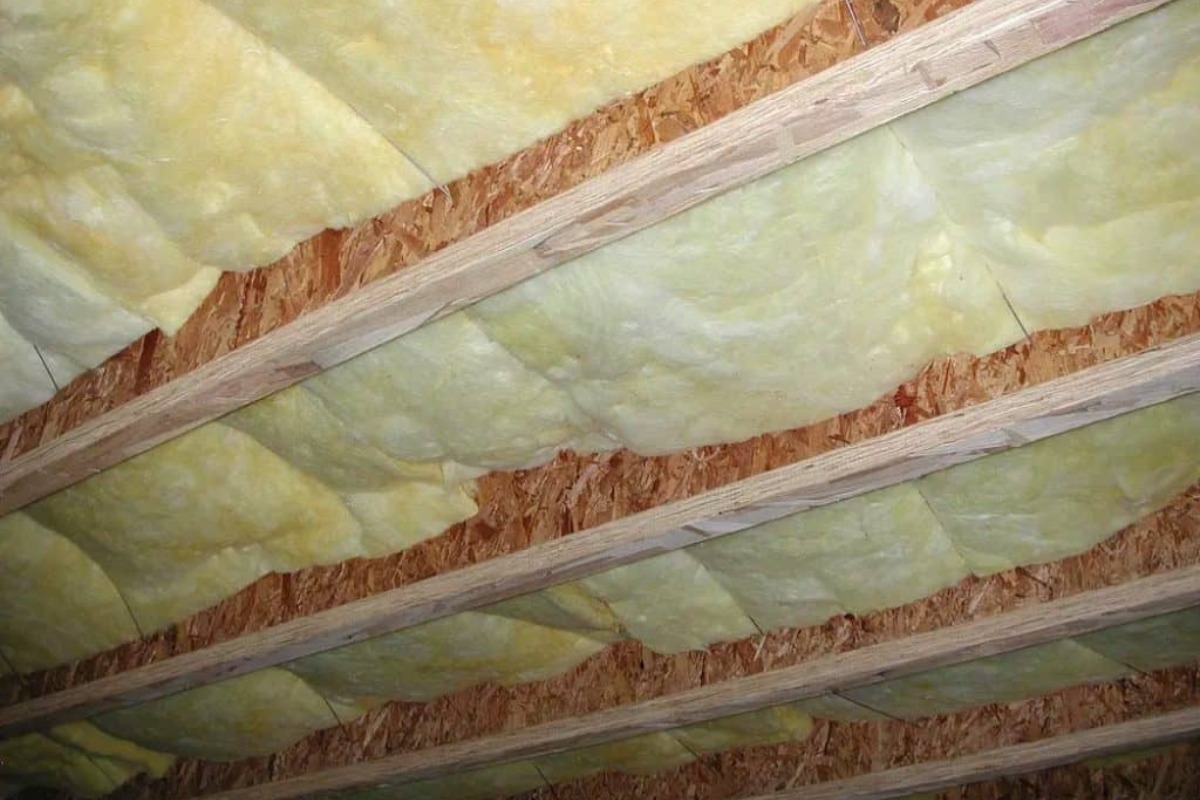
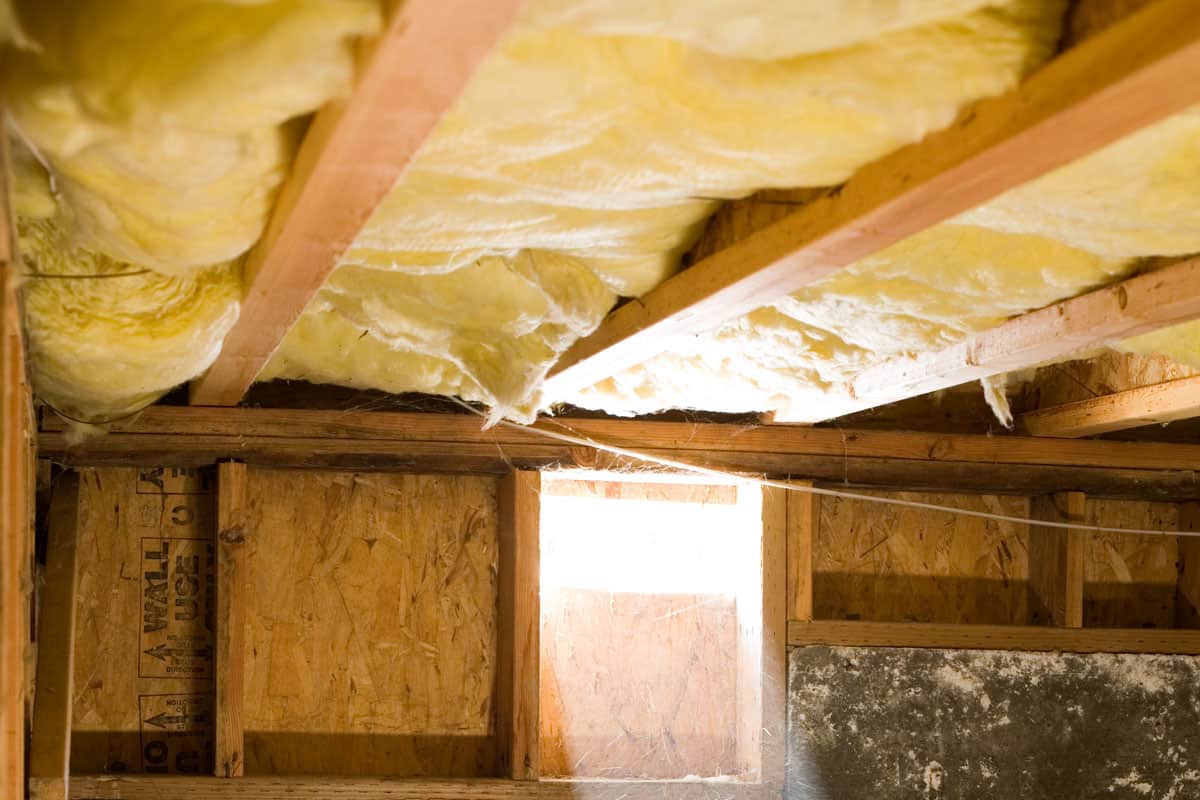
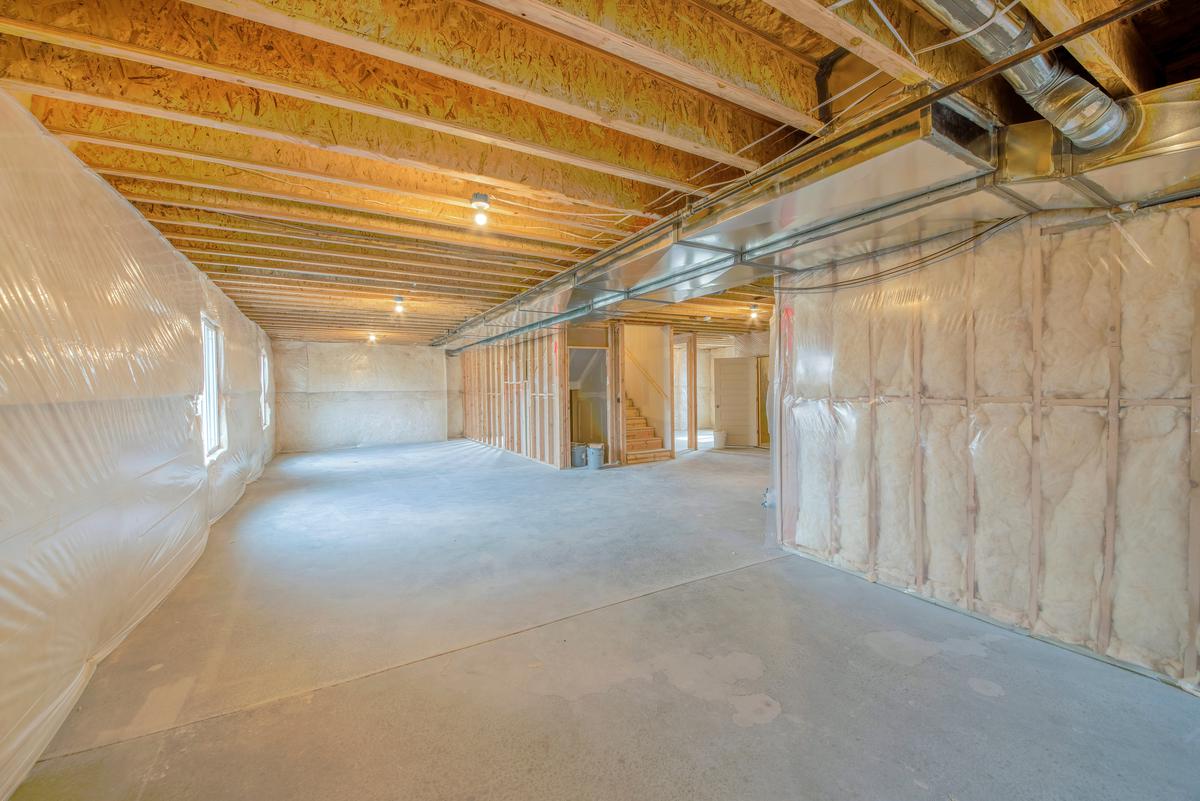
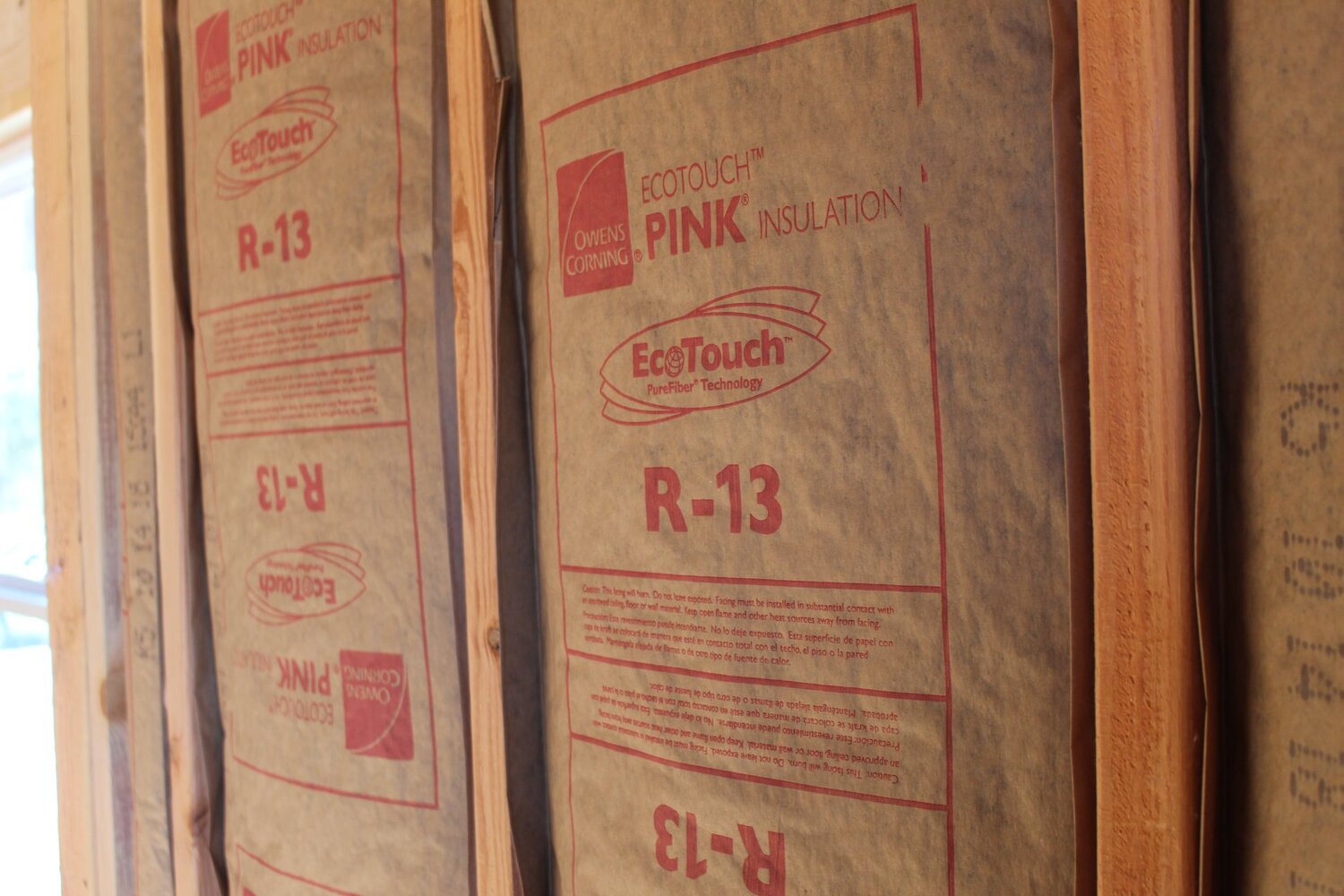
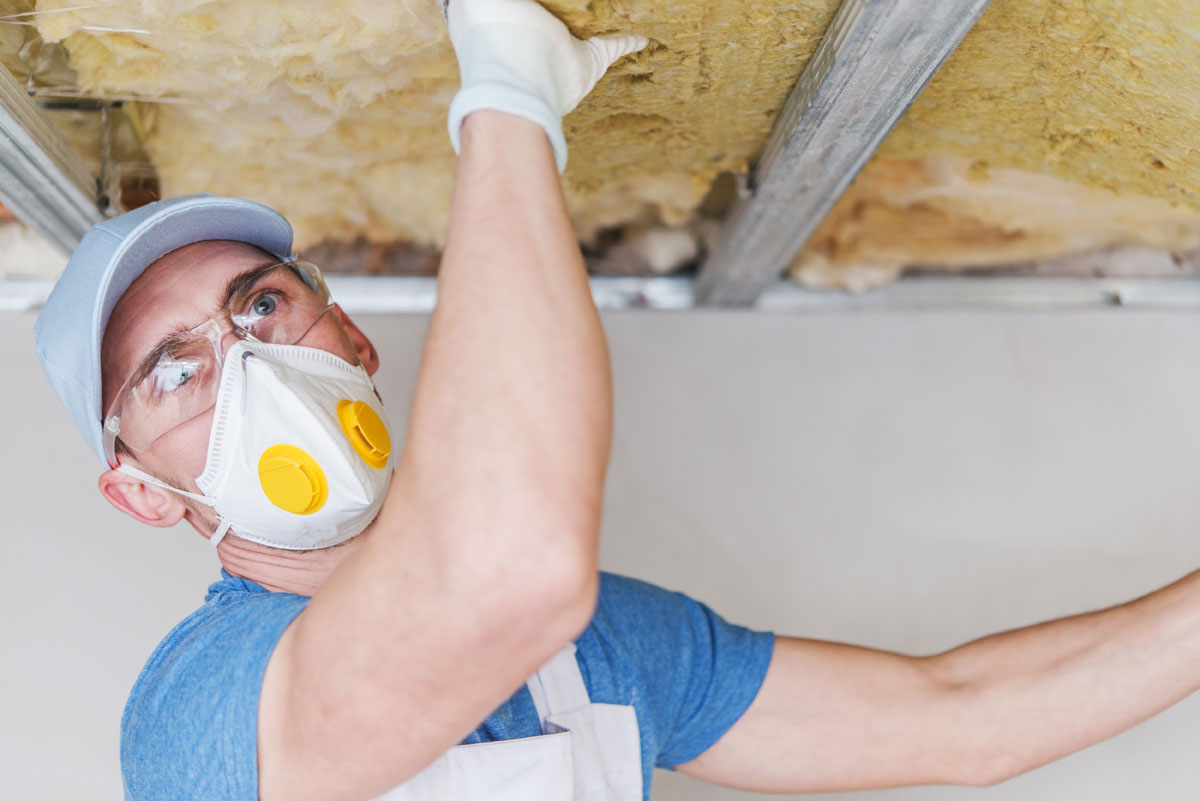
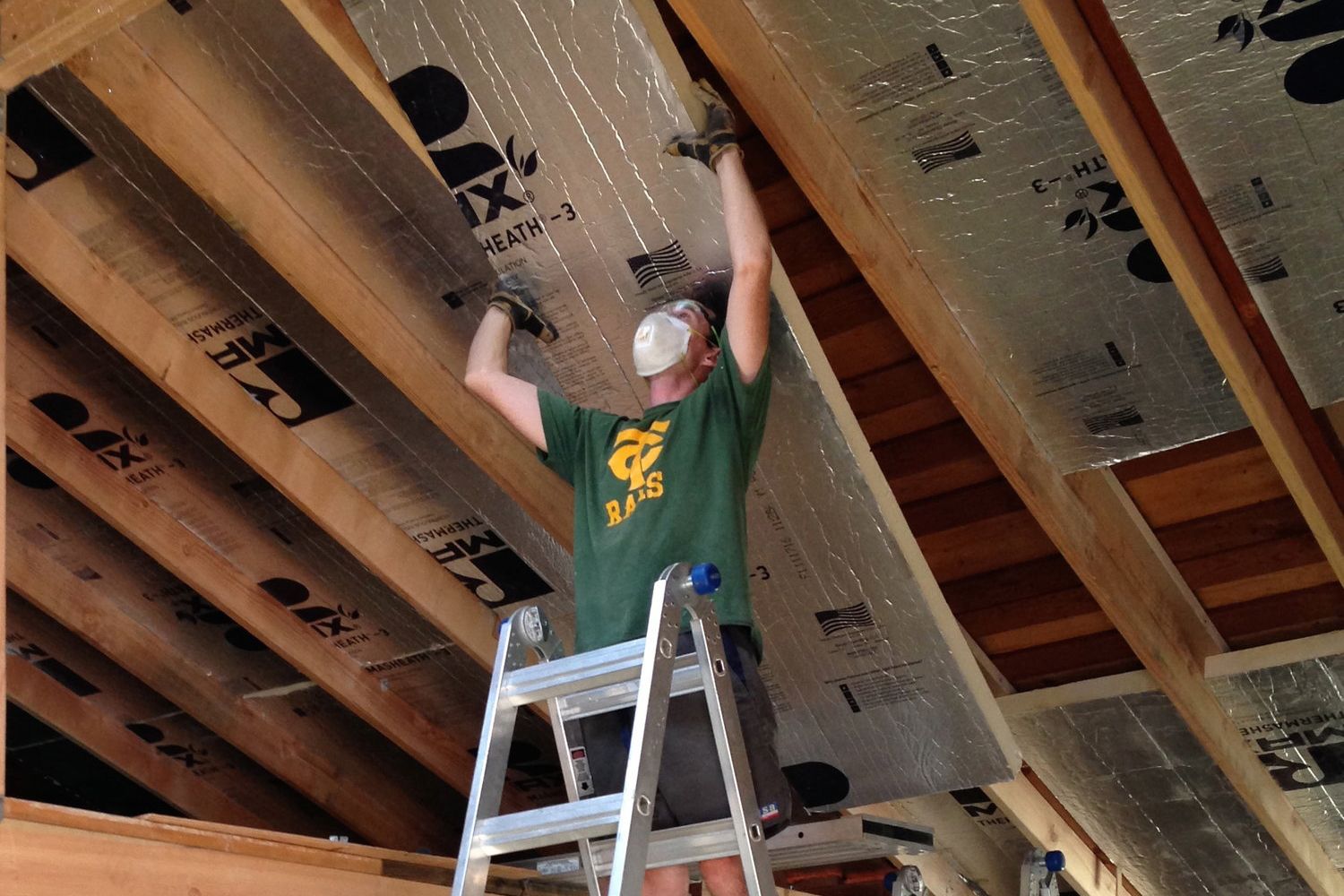
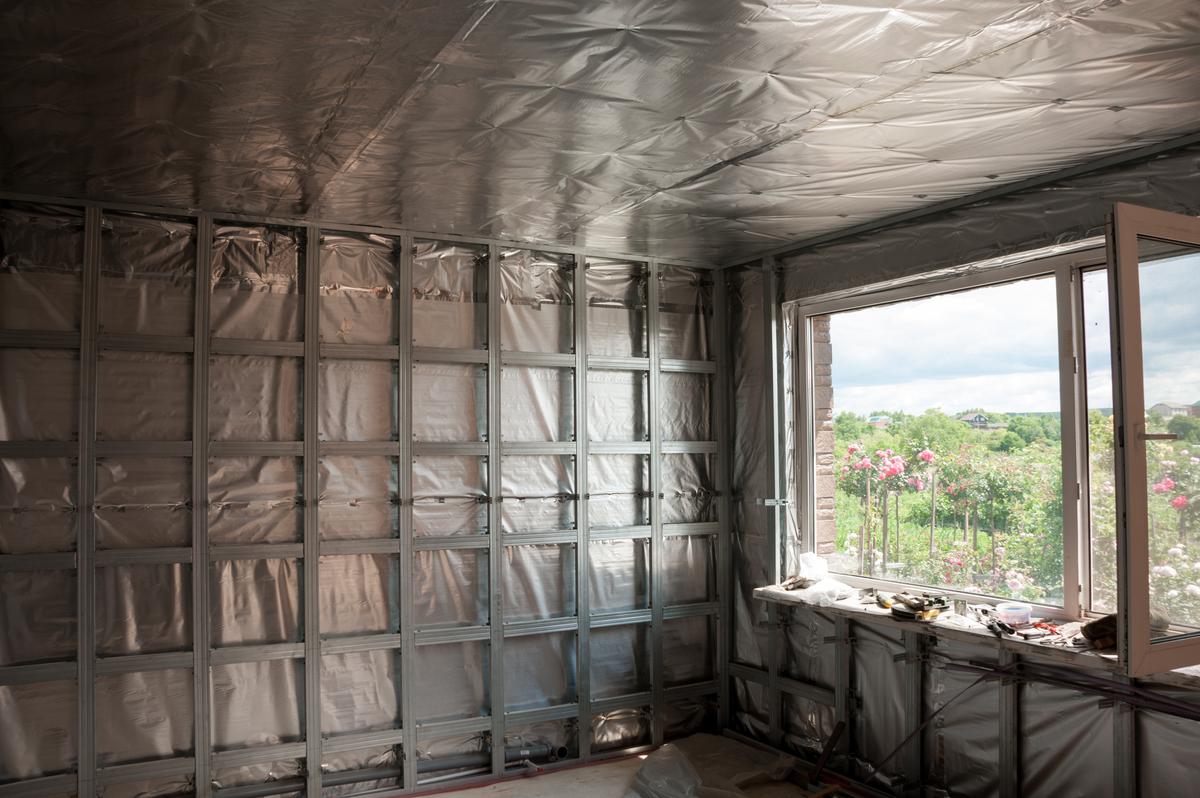
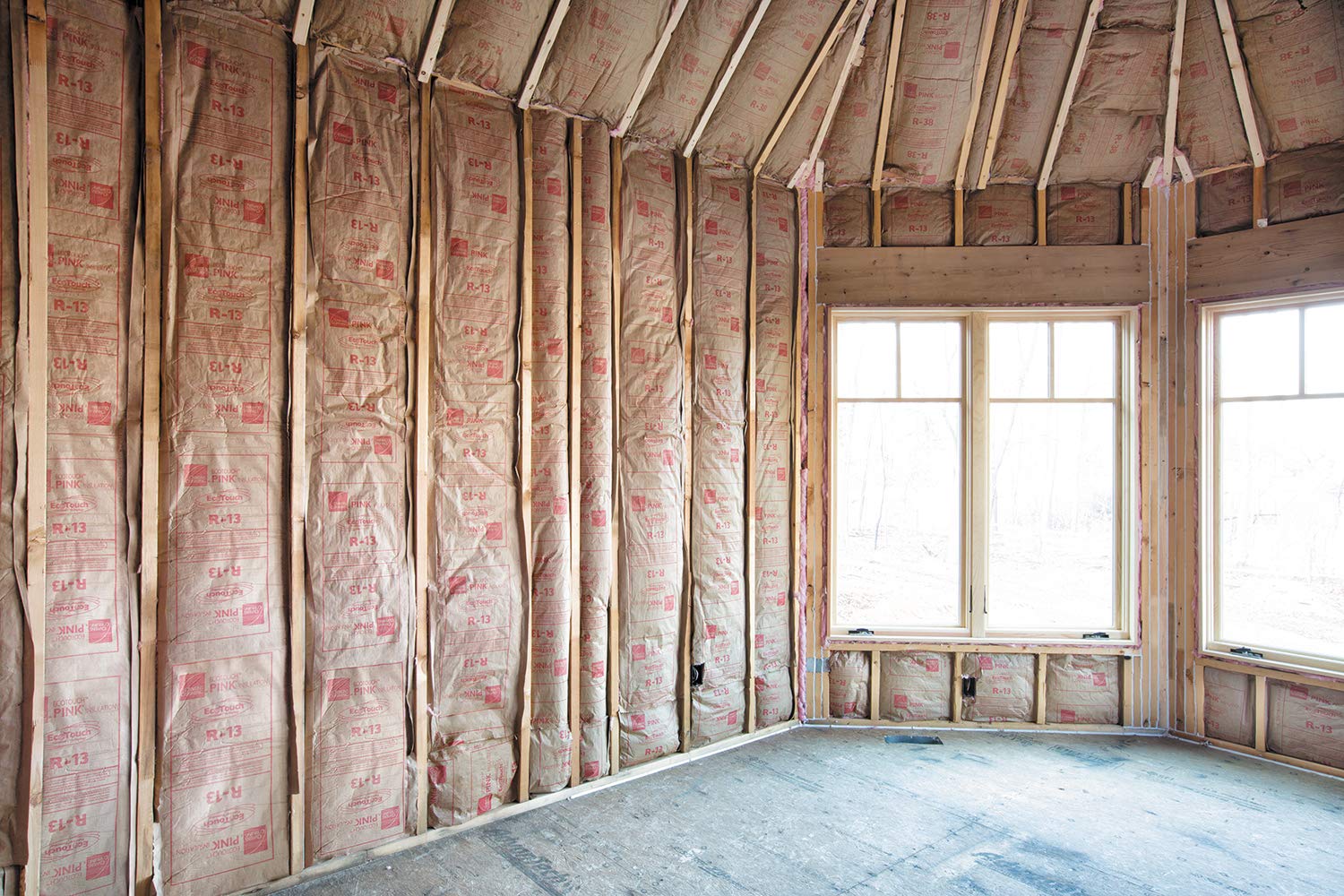
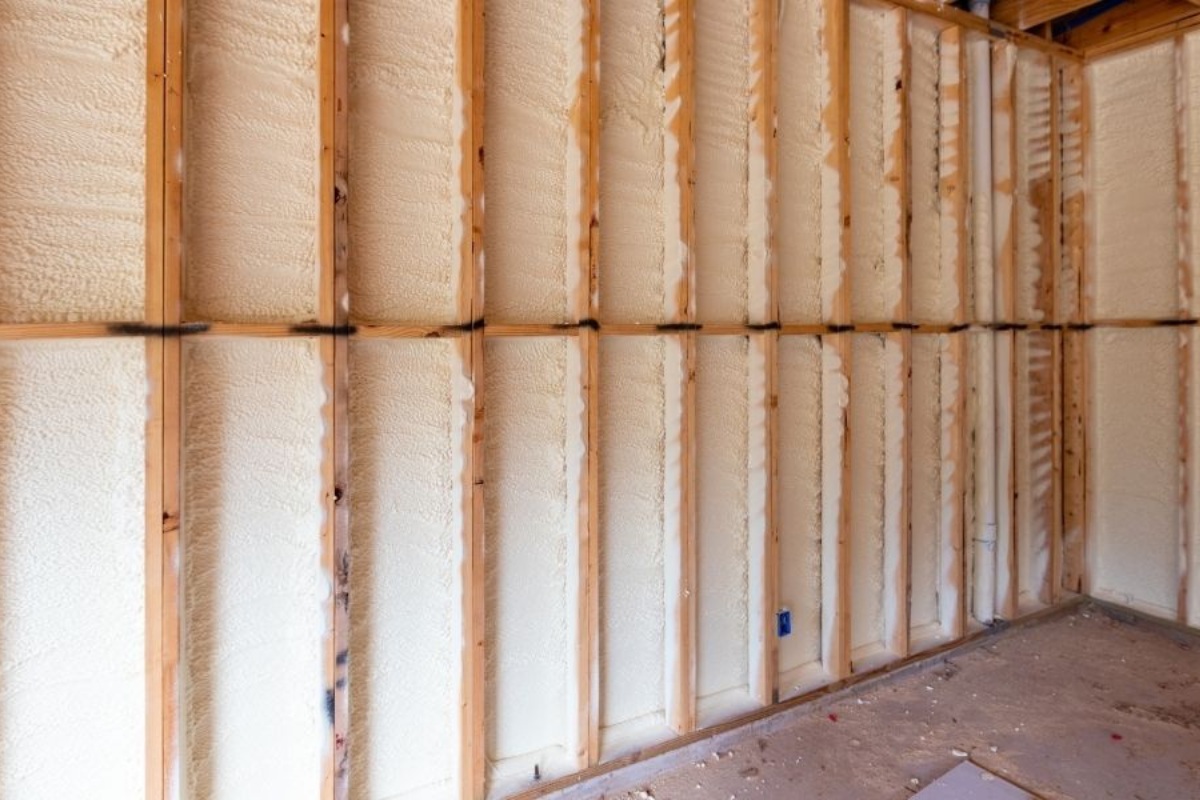
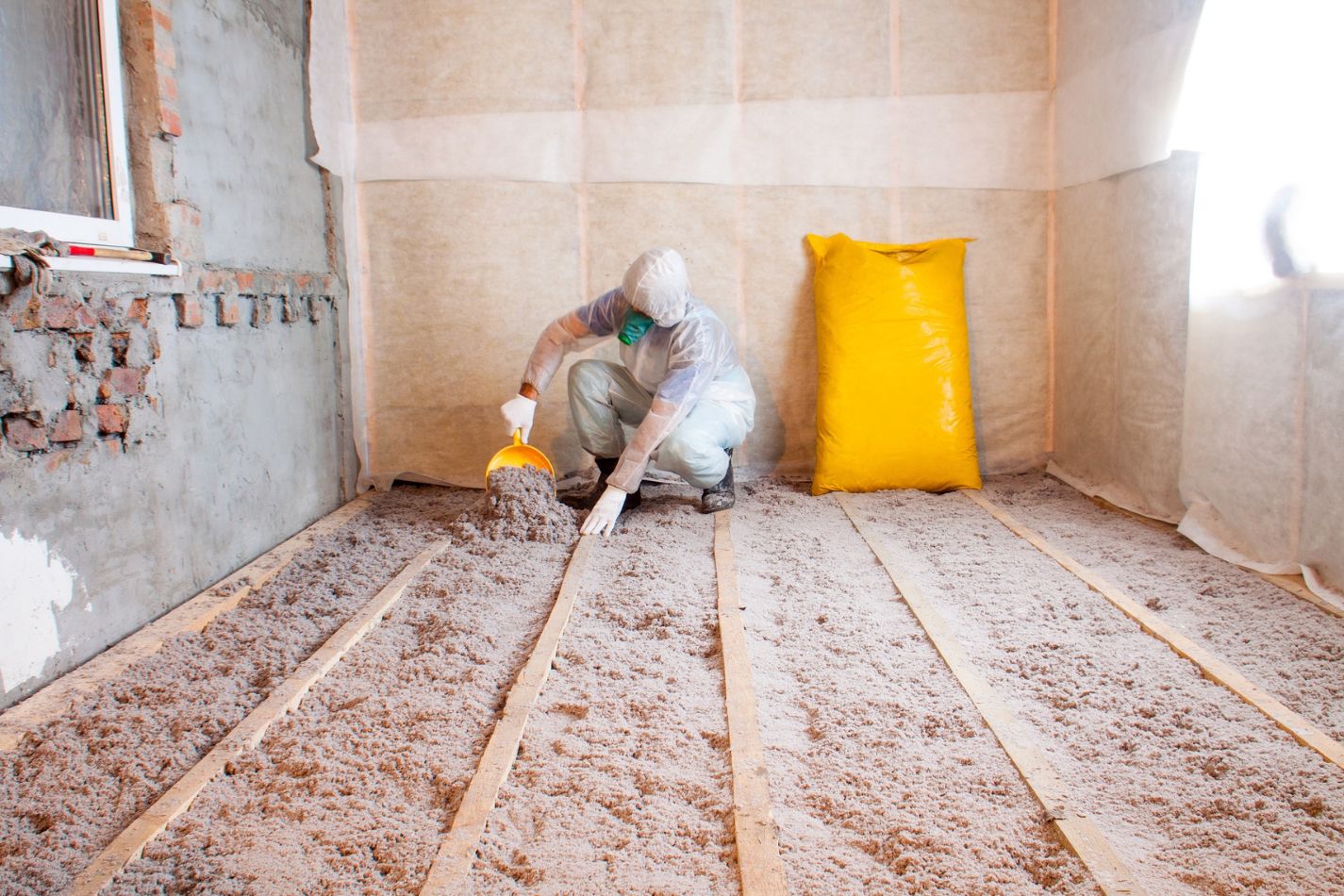

0 thoughts on “What R-Value For Crawl Space Insulation”